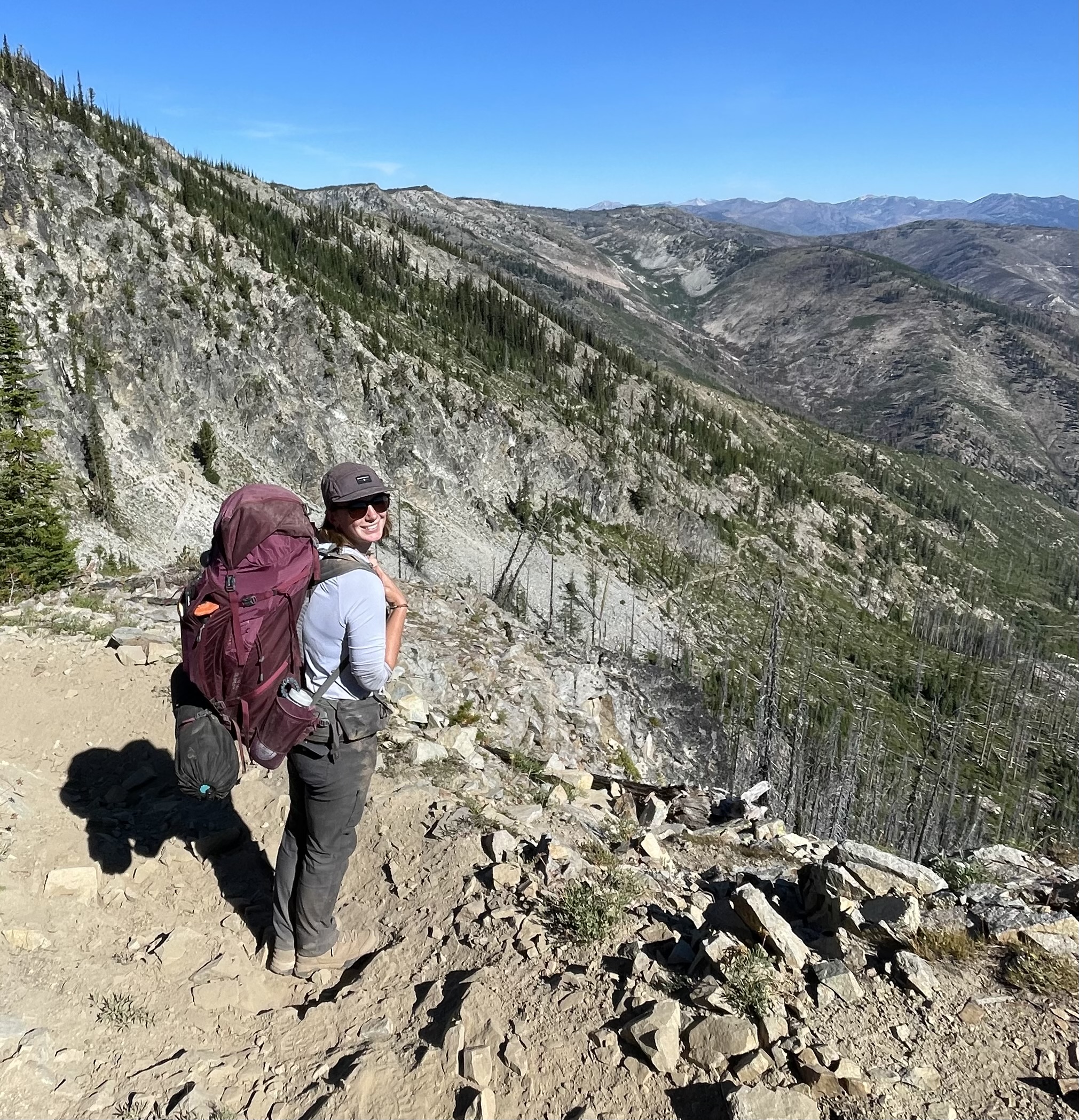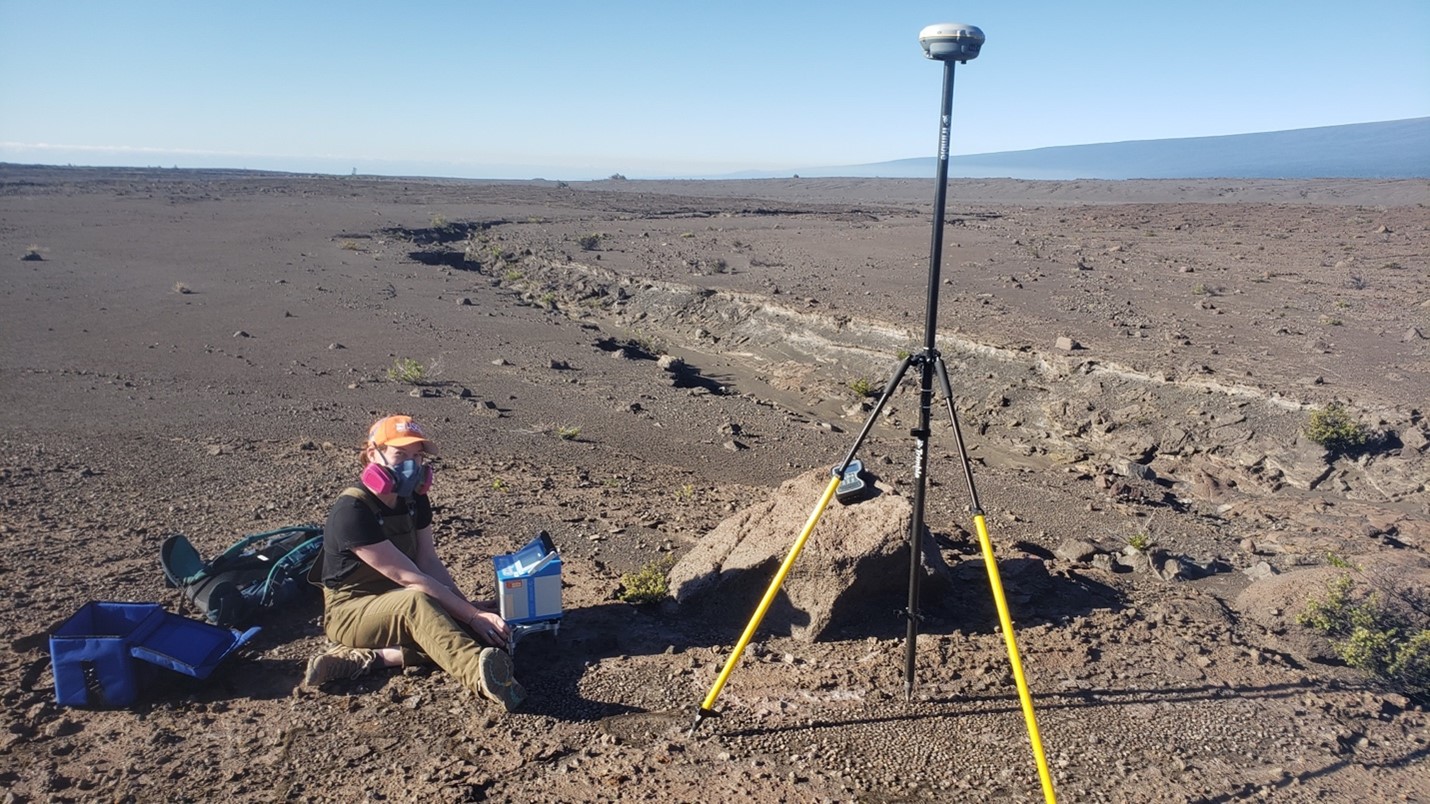My research combines structural and geophysical approaches to understand structural controls on shallow magma transport and storage. To do so, I investigate both ancient and active sites of magmatism, including granites in the Cascades, and volcanic processes at Kīlauea volcano, HI, and the Laguna del Maule volcanic field, Chile. This approach allows me to investigate the rock record to understand active systems and monitor active systems to aid in interpretations of the rock record. By taking this dual approach, I work to use complimentary methods to better understand the processes behind magma emplacement.
Duncan Hill and Shonkin Sag– Exploring the Roots of Volcanoes
Exhumed igneous rocks provide our community an excellent opportunity to understand the processes that control magma emplacement. My research includes studying cooled magmatic features (sills, laccoliths, plutons, etc.) to see if they record evidence of how they were formed, primarily through fabric analyses. By assessing where these features record magmatic and/or deformation fabrics, we can work to determine the emplacement history of the intrusion, and any relationship to local or tectonic structures.
I am currently working on determining the emplacement history of the Duncan Hill pluton, an Eocene pluton in the Cascades Crystalline Core, in Washington state, USA. During my master’s program, I studied emplacement mechanisms at the Shonkin Sag laccolith, an Eocene intrusion located in Montana, USA. In these projects, I use a combination of field analyses, anisotropy of magnetic susceptibility, and thin section analyses to locate structures affiliated with magma emplacement processes.

Kilauea and LdM- How Much Does a Magma Chamber Weigh?
Active volcanic systems provide insight into short-term timescales associated with magma emplacement processes. I use gravimetry to study active volcanic systems, specifically to locate any structures that might be impacting magmatic processes, locate magma reservoirs, and track changes in magma reservoirs over human timescales.
I am working on two active volcanoes currently: Kīlauea volcano, Hawaii, USA, and the Laguna del Maule volcanic field, Chile. At Kīlauea volcano, we are looking to understand how the subsurface structure may (or may not have) changed following an eruption and caldera collapse in 2018. At the Laguna del Maule volcanic field, we are continuing to characterize the magma reservoir system, and to also track mass flux affiliated with magma intrusion over multiple years.
